You have trained for the marathon, half-marathon, triathlon or other race, and now it’s the big day! However, you need to make sure you are properly fueling your body with optimal nutrition to guarantee that you will cross the finish line feeling great! Here are some tips to ensure that will happen.
Before the Race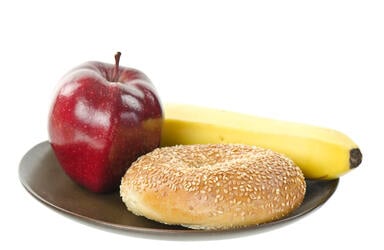
It is essential to have carbohydrates before racing. They provide the best source of energy for your body and give the most efficient fuel for working muscles. Examples of these are whole-wheat pasta, brown rice, whole-grain breads, cereals, bagels, oatmeal, and fruits and vegetables.
Protein helps with sustaining energy for longer periods of time. A small to moderate amount of protein-rich foods is essential before exercising. Examples include skim milk, 1% milk, or low-fat chocolate milk; low-fat cottage cheese or low-fat cheese; boiled eggs; peanut butter; yogurt; a small amount of nuts; lean meat, poultry, or fish; and soy products. Fat is stored in the body and is used as an important energy source. It is especially important for endurance athletes, such as runners.
Try to avoid high-fat foods because they may slow digestion. Examples of high-fat foods are crackers, chips, snack cakes, or muffins. Instead, opt for healthy sources of fat such as peanut butter, nuts, and olive oil.
Eating sugary foods before a race may cause side effects such as upset stomach, diarrhea, and hypoglycemia (low blood sugar). This can have a major effect on your race! You might think you get that burst of energy from the sugar, but the energy will peak quickly and will not last for a long time. Avoid pastries, donuts, and high-sugar cereals.
Drink 2 to 3 cups of fluids such as water, 100% juice, low-fat or skim milk, or a sports beverage two to three hours before the race, and then 1 more cup of fluid 10 to 20 minutes before the race. A small amount of coffee (6 to 8 oz.) may be an option, but be sure that it settles well in your stomach.
During the Race 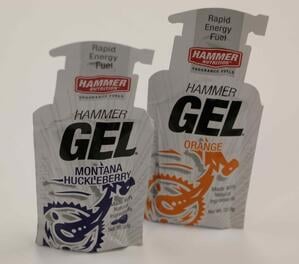
Drink at least 1 cup of fluid every 10 to 20 minutes during exercise (24 to 48 ounces per hour for most people). For every pound you lose during exercise, consume 2 to 3 cups of fluid. It is always good to calculate your sweat rate during training to know the proper amount of fluids you need to be taking in during the race. This can be done by weighing yourself before a workout and immediately afterward.
Water is always an excellent choice during the race, but for durations of longer than 60 to 90 minutes, it is important to take in some type of sports drink. Sports drinks provide a mix of water, carbohydrates, and electrolytes. Electrolytes are lost in sweat during the race, which is why sports drinks help replenish electrolytes in the body.
It is important to intake the proper amount of carbohydrates during the race. Consuming carbohydrates should be a goal during the race to help increase endurance; 60 to 70 grams per hour is recommended. Good options for getting in carbohydrates during the race are sports drinks, energy bars, GUs, gummy blocks, and Sport Beans. If you prefer consuming an energy bar during the race, it is important to consume a bar that is high in carbohydrates, but low in protein and fat. Make sure to take in 4 to 8 ounces of water with the gels or the energy bars to prevent an upset stomach. Consider how your body digests these different items. Go with the item that digests well for you and will help you stay at your optimum performance level. Always practice with these products during training and never try something new on race day.
After the Race
Here are some tips for recovering after the race:
- Aim to consume a 200- to 300-calorie snack within 30 minutes of finishing the race.
- Rehydrate with 16 to 24 ounces of fluid for every pound of body weight lost during the race.
- Eat a well-balanced meal that includes protein, fluids, carbohydrates, and electrolytes.
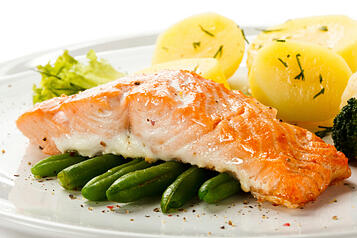
- Aim for 15 to 25 grams of protein to be consumed within 30 to 60 minutes after the race.
- Take in at least half a gram of carbohydrate per pound of body weight within the first hour after the race.
- Have salty snacks and sports drinks to help with replacing electrolytes, if it will be 3 to 4 hours until your next well-balanced meal.
Remember that training with certain foods is just as important as the physical training for the event! If you need help, consider a personal nutrition coaching session from NIFS.
If you are interested in having your questions answered during a personal nutrition consultation, please contact Lindsey Recker, lrecker@nifs.org or 317-274-3432, ext 239. Learn more about Nutrition and Wellness services at NIFS.

This blog was written by Angie Sheetz, Registered Dietitian. Read more about the NIFS bloggers.
 Do you ever think about who you once were and how it compares to who you are now? What is different? Do you like the differences between the two? While you contemplate, think about how you became who you are today: the process, the trials, the ups and the downs, the victories and the losses, and maybe most importantly the way you now process thoughts and behavioral triggers.
Do you ever think about who you once were and how it compares to who you are now? What is different? Do you like the differences between the two? While you contemplate, think about how you became who you are today: the process, the trials, the ups and the downs, the victories and the losses, and maybe most importantly the way you now process thoughts and behavioral triggers.




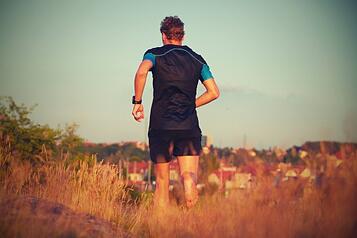 Over the past decade, there has been an increase in the popularity of barefoot training or training in a minimalist shoe such as a
Over the past decade, there has been an increase in the popularity of barefoot training or training in a minimalist shoe such as a 
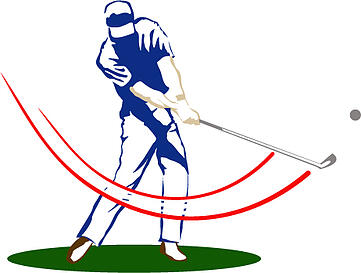 No, I’m not going to fix your slice or tell you how to hit out of a bunker (I still can’t fix that myself). What I’m going to do is give you a few fitness tips that could potentially help add some yards off the tee or with long iron shots.
No, I’m not going to fix your slice or tell you how to hit out of a bunker (I still can’t fix that myself). What I’m going to do is give you a few fitness tips that could potentially help add some yards off the tee or with long iron shots.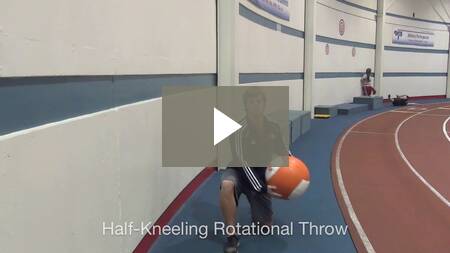

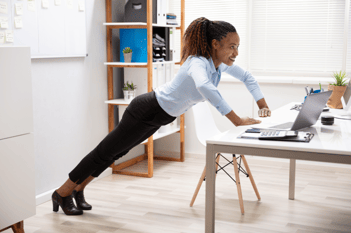 Even though I work at a gym, I can still relate to people who work in an office setting sitting at a desk for several hours out of the day. On a typical day, I try to get in my workout before or after the work day, but sometimes that just doesn’t happen and I need to squeeze some movement into the middle of my day.
Even though I work at a gym, I can still relate to people who work in an office setting sitting at a desk for several hours out of the day. On a typical day, I try to get in my workout before or after the work day, but sometimes that just doesn’t happen and I need to squeeze some movement into the middle of my day.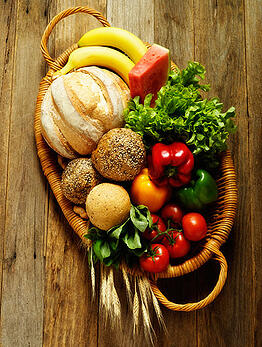 We have all heard the phrase that an apple a day keeps the doctor away, but who knew that eating a balanced diet would also make you more productive at work? A study conducted by Brigham Young University and published in Population Health Management Journal, found that 19,000 employees from three large companies with unhealthy diets, were 66 percent less productive than those who ate whole grains, fruits, and vegetables.
We have all heard the phrase that an apple a day keeps the doctor away, but who knew that eating a balanced diet would also make you more productive at work? A study conducted by Brigham Young University and published in Population Health Management Journal, found that 19,000 employees from three large companies with unhealthy diets, were 66 percent less productive than those who ate whole grains, fruits, and vegetables.
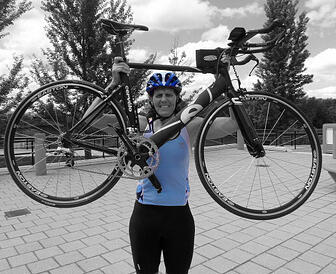 triathlon. When you finished your first race and looked at the breakdown of the times for each event, you probably noticed the T1 and T2 times. T1 is the time it took you to go from swimming to the bike, and T2 is the time it took you to go from the bike to the run. Like the swimming, biking, and running training, the transitions should be trained as well. But don’t think you need to spend hours perfecting getting from one event to the next. A good transition can simply be added to the other brick training sessions.
triathlon. When you finished your first race and looked at the breakdown of the times for each event, you probably noticed the T1 and T2 times. T1 is the time it took you to go from swimming to the bike, and T2 is the time it took you to go from the bike to the run. Like the swimming, biking, and running training, the transitions should be trained as well. But don’t think you need to spend hours perfecting getting from one event to the next. A good transition can simply be added to the other brick training sessions.
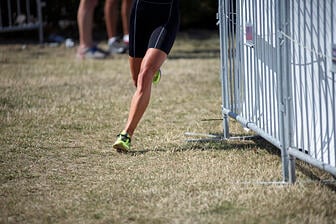
 In
In 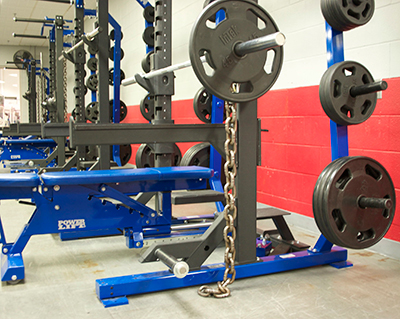
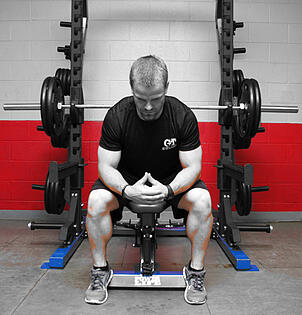
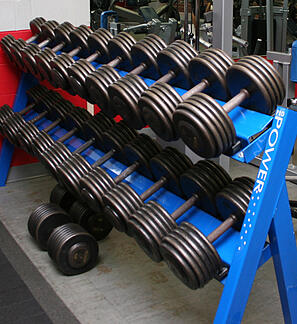

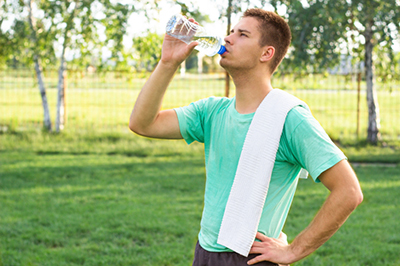 Dehydration can lead to heat illnesses, so it is important to stay hydrated and drink water even if you do not feel like you are thirsty. Read more about this in our
Dehydration can lead to heat illnesses, so it is important to stay hydrated and drink water even if you do not feel like you are thirsty. Read more about this in our